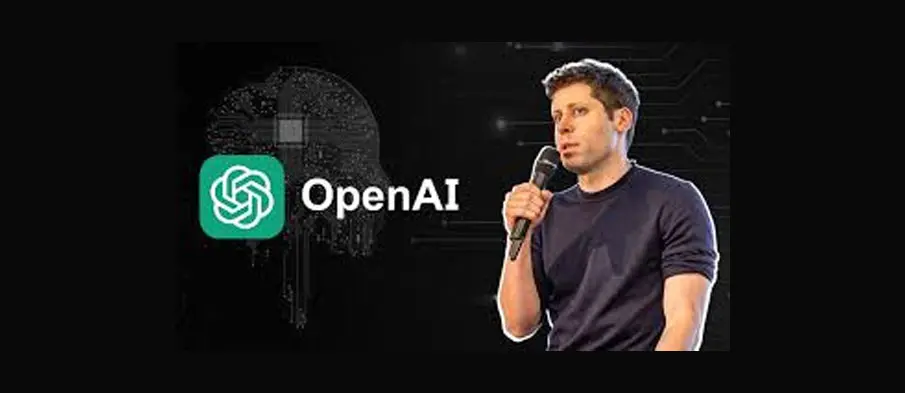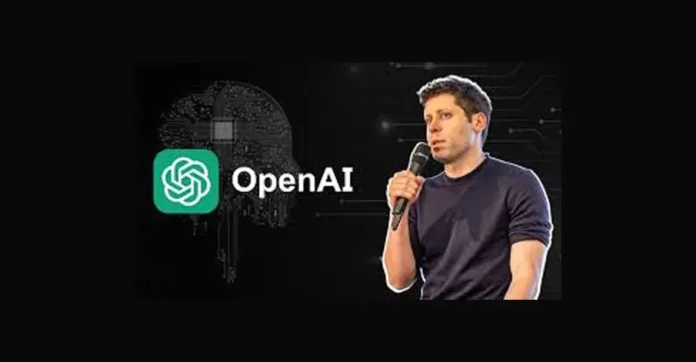
In a major pivot from its previously closed strategy, OpenAI has unveiled two new open-weight language models—GPT-OSS-120B and GPT-OSS-20B—marking the company’s first open release since GPT-2. Available under the Apache 2.0 license, these models are free to use, modify, and commercialize, making them accessible to both developers and enterprises around the world.
The larger model, GPT-OSS-120B, is built on a mixture-of-experts (MoE) architecture with 128 experts, activating 4 per token. It offers a massive 128K token context window, making it ideal for tasks involving long documents, in-depth reasoning, or multi-turn dialogue. This architecture strikes a balance between model size and computational efficiency, allowing the model to scale effectively without incurring extreme inference costs.
In contrast, the smaller GPT-OSS-20B is designed with on-device efficiency in mind, requiring just 16 GB of memory—a major advantage for edge deployments, mobile applications, or private enterprise environments where compute constraints are significant.
Despite being open-source, both models demonstrate competitive performance in key areas such as reasoning, code generation, and mathematical problem-solving, rivalling several proprietary large language models in benchmarks.
OpenAI confirmed that the release was intentionally delayed to allow for rigorous safety testing, including red-teaming for potential misuse scenarios, in line with its stated commitment to responsible deployment. The company has also provided documentation and system cards to support safe adoption by developers and researchers.
This release is seen as a meaningful gesture toward the open-source AI community, as OpenAI seeks to balance transparency and accessibility with the risks associated with powerful models. It may also be a strategic response to growing demand for open models in enterprise and research settings, where control, customization, and data governance are key.
As the AI ecosystem becomes more decentralized, OpenAI’s decision to open-source its models signals a notable evolution in its philosophy—bridging the gap between proprietary innovation and community-driven advancement.





